Your dog may not use words, but they’re constantly communicating with you through body language and subtle cues. A slow tail wag, a deep sigh, or even a yawn can mean so much more than you think. Understanding these silent messages can help strengthen your bond and ensure your pup feels seen and safe. Maybe that head tilt isn’t just cute—it could be curiosity or concern. From ear position to paw taps, decoding these gestures can help you respond to your dog’s needs more intuitively. The better you read your dog, the better they’ll trust you. And that trust? It’s the foundation of your entire relationship.
The Language of Tails: More Than Just Wagging
A wagging tail is often seen as a universal sign of a happy dog, but it’s a lot more complex than that. The direction, speed, and height of your dog’s tail all mean different things. A high, stiff wag might signal alertness or even agitation, while a relaxed, low wag suggests contentment. If your dog’s tail tucks between their legs, they’re probably scared or anxious. Sometimes, a fast, wide wag means excitement—maybe you just grabbed the leash! But a slow wag with the tail held low could mean uncertainty. Think of your dog’s tail as their personal mood thermometer—it’s always giving you clues, if you’re paying attention.
Ear Positions: The Sound of Silence
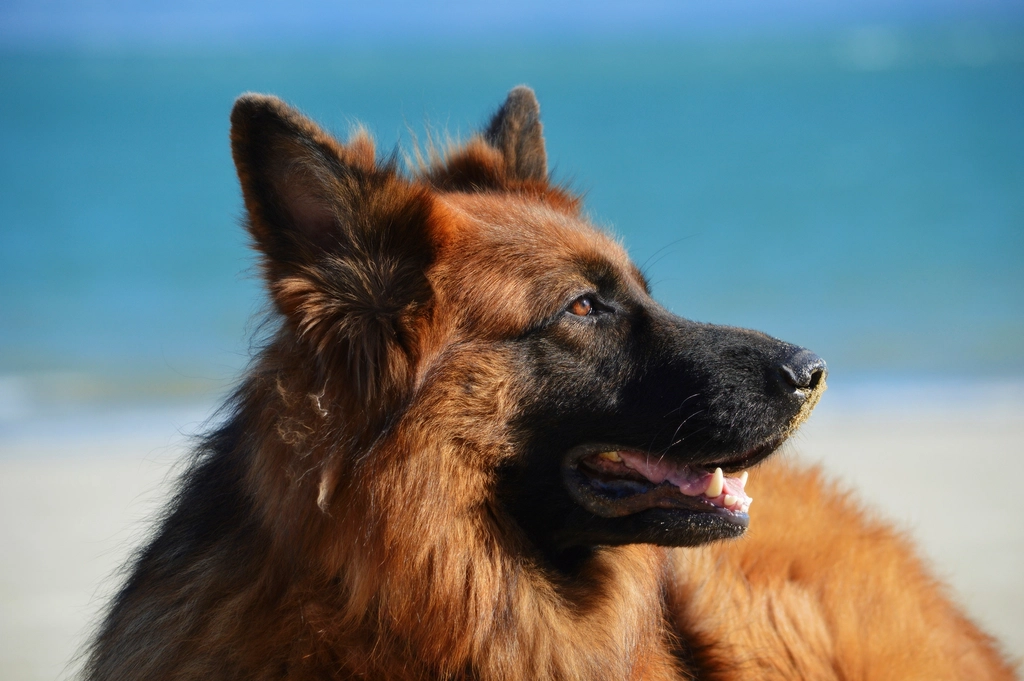
Your dog’s ears are amazing little mood indicators. Forward-facing ears usually mean curiosity or interest, like when you open a bag of treats. If the ears are pinned back flat, your pup might be scared, stressed, or feeling submissive. Ears that are perked up and slightly to the side could indicate your dog is listening closely to something, like a distant sound or a new visitor. Floppy-eared breeds use more subtle movements, but the messages are still there. Next time you interact with your dog, watch their ears—they’re like two tiny radar dishes, always tuned into the world.
Eye Contact and Facial Expressions: Windows to the Heart
Dogs use their eyes to communicate a surprising range of feelings. A soft, blinking gaze usually means trust and affection. On the other hand, if your dog stares intently without blinking, it could signal a challenge or discomfort. Look for “whale eye”—when the whites of your dog’s eyes are visible. That’s often a sign of stress or fear. Raised eyebrows or a wrinkled forehead can also mean your dog is confused or worried. Smiling, yes, dogs can smile! A relaxed, open mouth with a gentle pant is the canine version of a happy face.
Body Posture: Reading the Full Picture
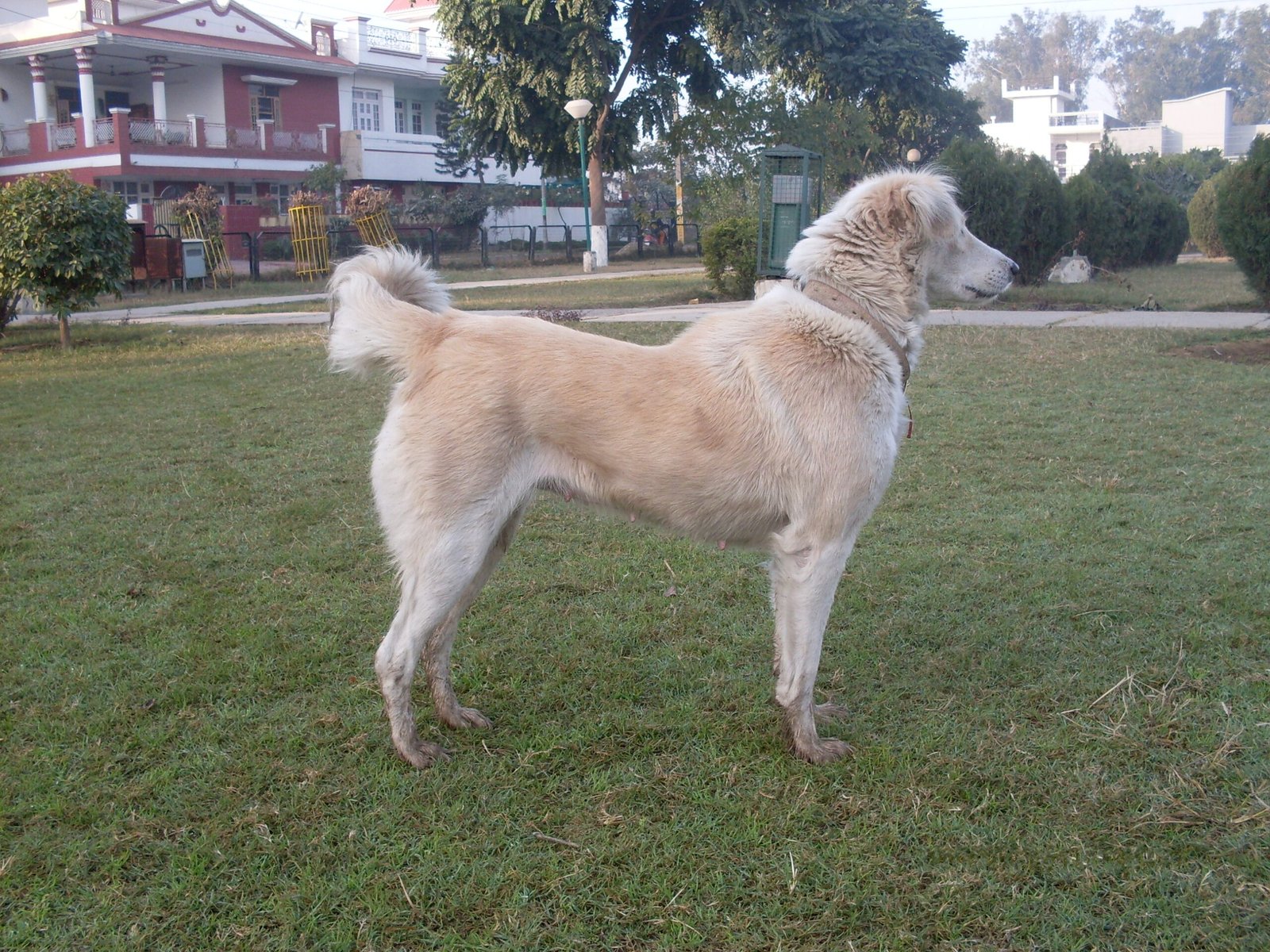
Your dog’s whole body can tell you a story. A confident dog stands tall with relaxed muscles and a wagging tail. If they crouch low to the ground, they might be feeling playful—or a bit afraid. Rolling over to show their belly can mean trust, but if their muscles are tense, it might be submission or fear instead of an invitation for belly rubs. Leaning into you might signal affection, while backing away could hint at nervousness. The trick is to look at the whole picture—ears, tail, eyes, and posture together.
Paw Language: Subtle Gestures That Speak Volumes
Ever notice your dog gently pawing at you? That’s not just asking for attention—it’s a sign of bonding and trust. Dogs may use their paws to signal a desire for play or comfort. If your dog lifts one paw when standing, it often means curiosity or anticipation, especially in hunting breeds. Scratching the ground after going potty isn’t just a quirky habit—it’s a way to mark territory with scent. Keep an eye out for licking paws excessively, though, as that could signal anxiety or even pain.
Vocalizations: When Silence Isn’t So Silent
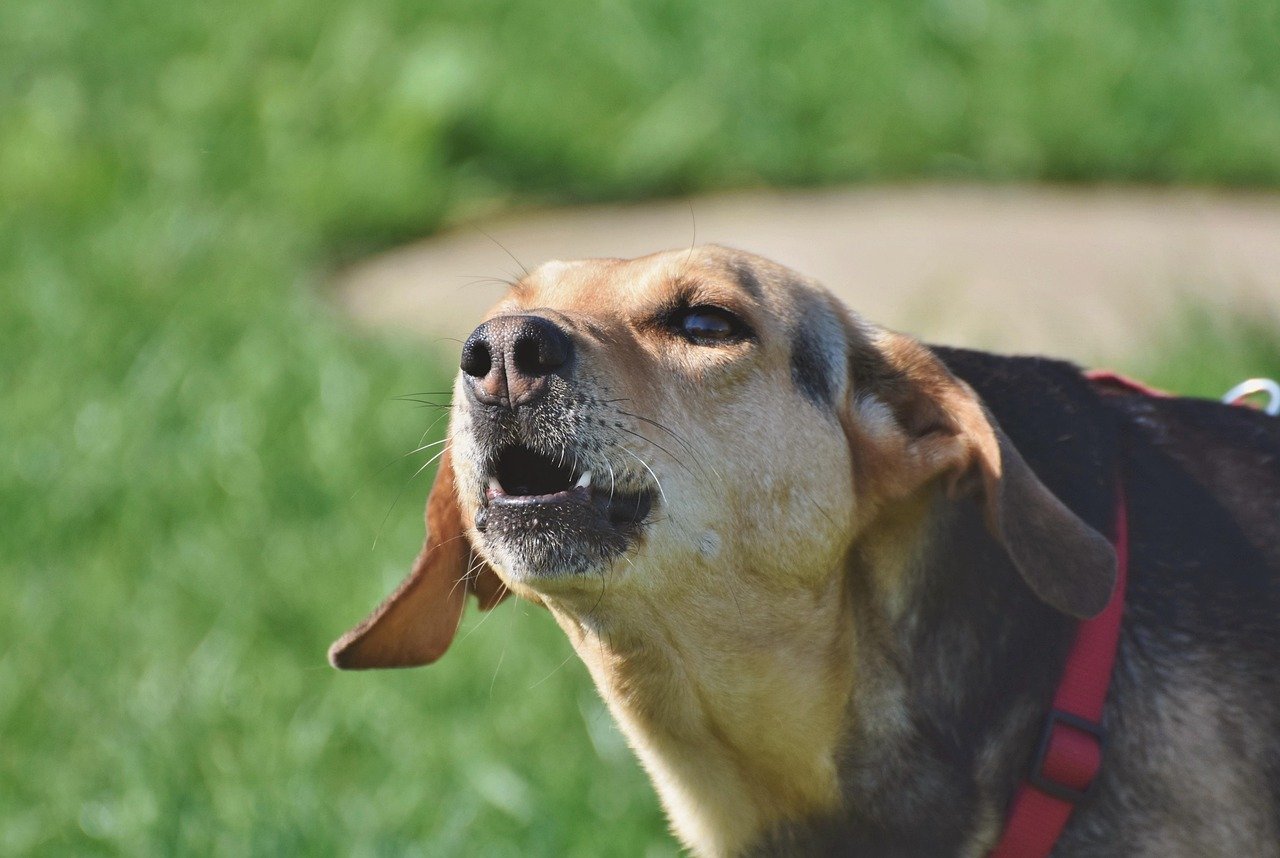
While this article focuses on silent cues, it’s important to recognize that dogs often mix body language with sounds. A quiet whine, a low growl, or a barely audible sigh can change the whole meaning of a silent signal. Pay attention to combinations: a wagging tail and a whine might mean excitement, while a stiff body and a growl could mean “back off.” Some dogs are naturally more vocal, but even the quietest pups have a lot to say when you watch and listen together.
The Power of Yawning: More Than Just Sleepiness

Did you know dogs yawn for more reasons than just being tired? A yawn can be a powerful signal that your dog is feeling anxious, stressed, or overwhelmed. You might see this at the vet or when your dog is in a new environment. Sometimes, dogs yawn to calm themselves or even to calm you! If you yawn and your dog yawns back, it’s a sign of empathy and social bonding. So next time you catch a big, slow yawn, consider what your dog might be feeling inside.
Licking and Nuzzling: Affection or Anxiety?
Licking is one of those behaviors that can mean so many things. Gentle licks often mean affection—your dog’s way of giving you kisses. But obsessive licking, especially of themselves, can be a sign of stress, boredom, or even a medical issue. Nuzzling or pressing their nose against you is usually a request for attention or comfort. Sometimes, dogs lick the air or their lips when they’re nervous or unsure. Watch the situation—context makes all the difference.
Play Bows and Invitations: Let’s Have Fun!
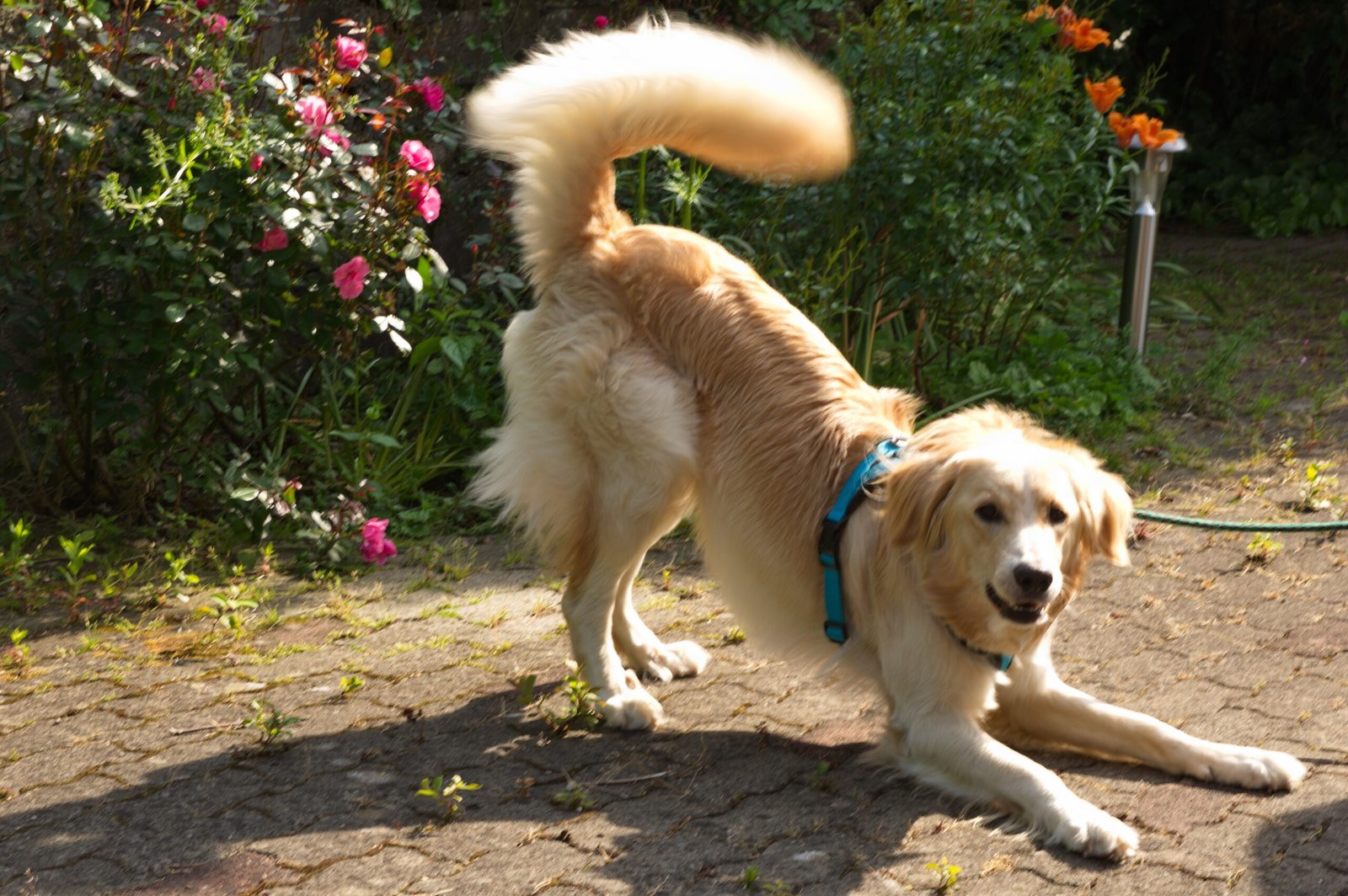
One of the most joyful signals dogs give is the play bow—front legs stretched out, bottom in the air, tail wagging. This is an unmistakable sign that your dog wants to play, and it’s an invitation for fun. Dogs use play bows to show they’re not being aggressive, even if the game gets rough. You’ll often see this in dog parks, but also at home when your dog brings you their favorite toy. Responding to a play bow keeps your relationship lively and full of happiness.
Pacing and Restlessness: Hidden Stress Signals
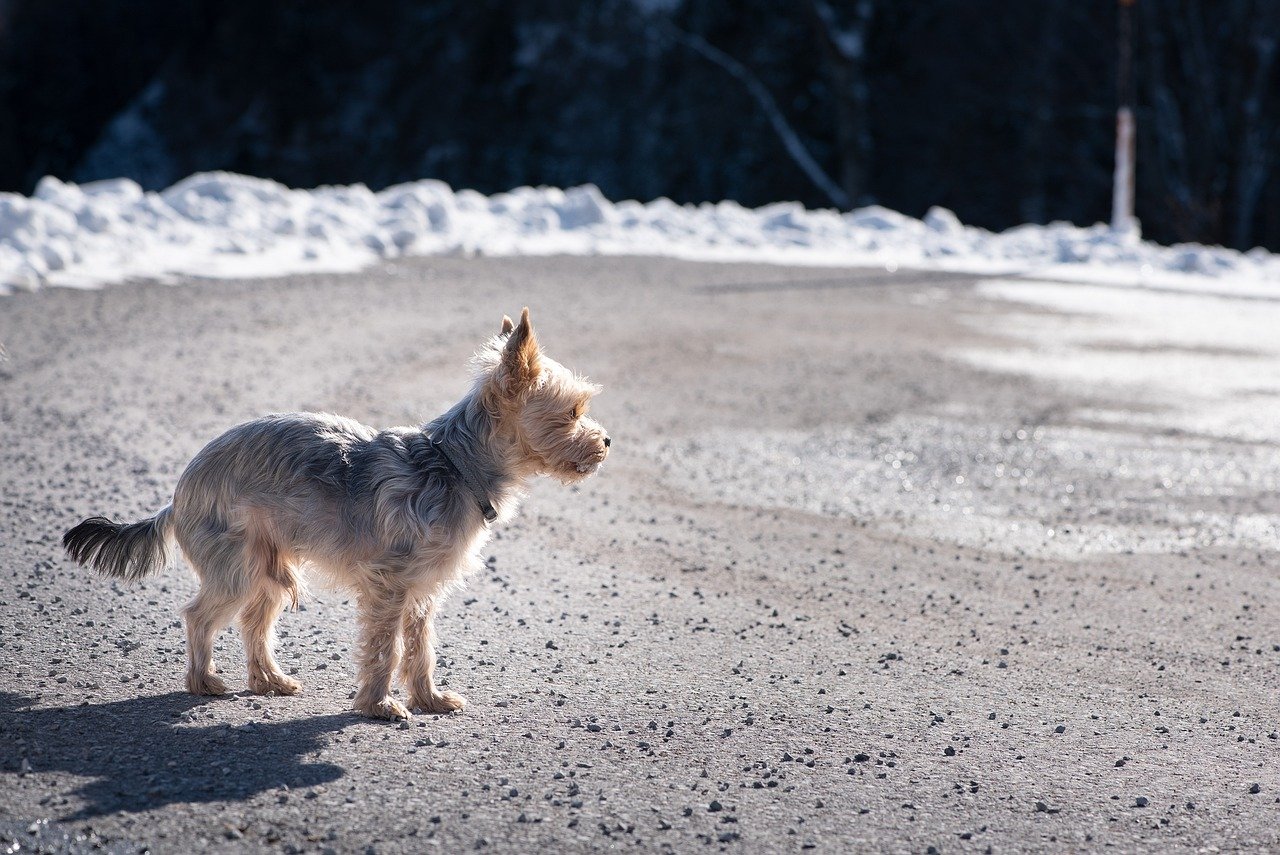
A dog that’s pacing back and forth isn’t just bored—they might be anxious or uncomfortable. Restlessness can be a sign your dog needs a potty break, or they’re sensing something in their environment that’s worrying them. Look for other signs of stress, like panting or drooling. If pacing happens often, especially at night, it’s worth checking with a vet to rule out health problems. Sometimes, a little extra reassurance or a calming routine can help settle a restless pup.
Freezing or Sudden Stillness: When Silence Is Serious
If your dog suddenly goes still—freezing in place—it’s often a sign of fear, uncertainty, or even a warning. This can happen when they’re startled or sense a threat. In dog-to-dog interactions, freezing can mean “back off” or “I’m not comfortable.” It’s important not to force your dog into situations when they’re giving this signal. Giving them space and reassurance helps rebuild their confidence and trust.
Sniffing and Scent Marking: The World Through Their Nose
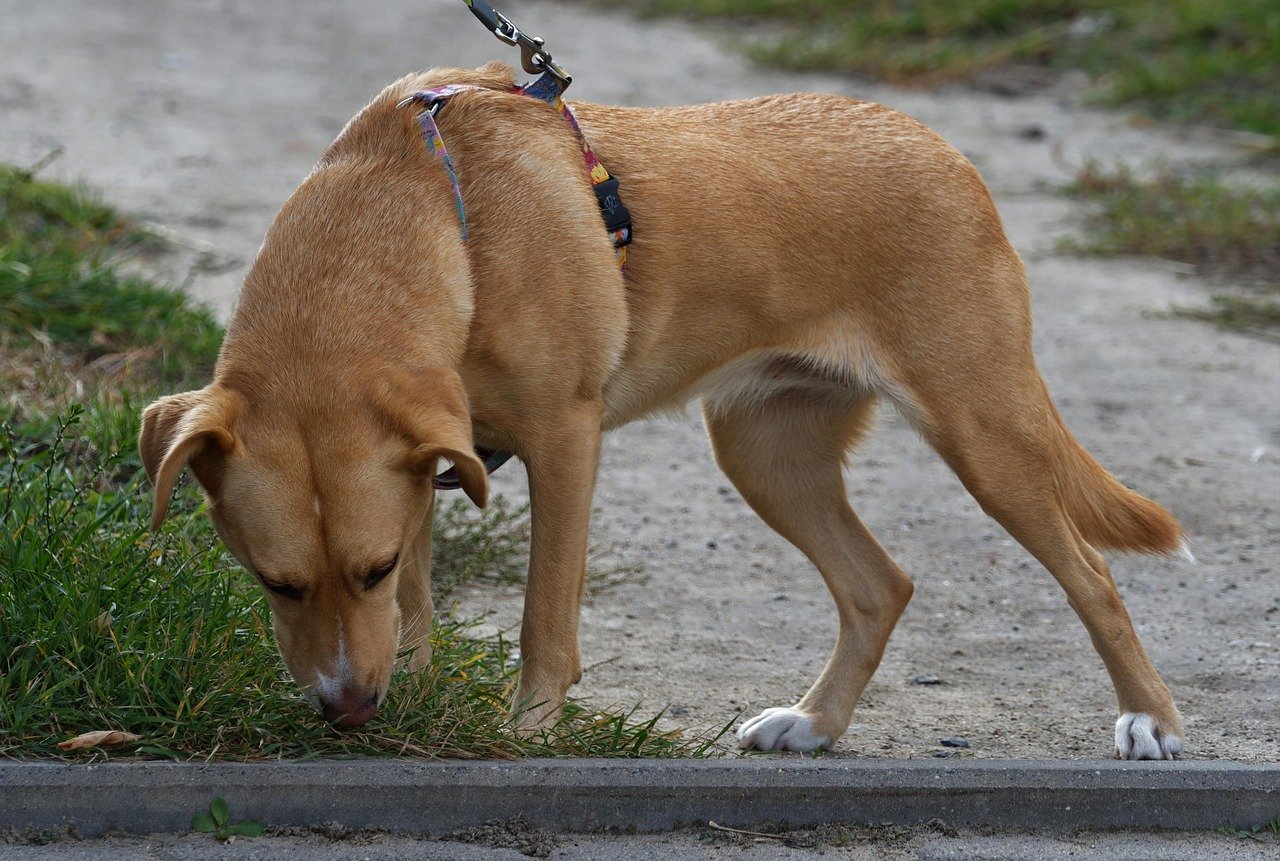
Dogs experience the world mainly through their noses. When your dog spends ages sniffing the ground or a new object, they’re gathering information—like reading a newspaper! Scent marking with urine is more than just needing to go; it’s a way of leaving messages for other dogs. Excessive sniffing on walks can also be a sign your dog is feeling unsure and looking for comfort. Allowing your dog time to sniff helps them feel secure and happy.
Seeking Space: When Your Dog Wants Alone Time
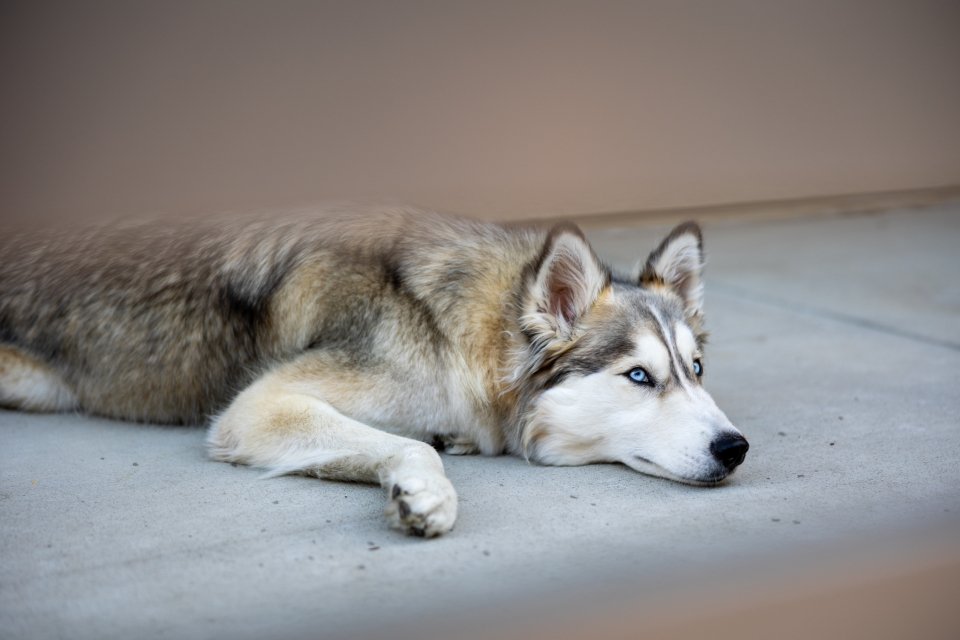
Just like people, dogs sometimes need a break. If your dog retreats to a quiet spot, turns away from you, or avoids eye contact, they might be seeking some alone time. This isn’t a rejection—it’s a healthy way for your dog to recharge. Respecting your dog’s need for space helps build trust and prevents stress. Sometimes, a favorite bed or cozy corner is all they need to feel safe and comfortable.
Learning to decode your dog’s silent cues isn’t just fascinating—it’s a game-changer for your bond. When you start noticing those tiny tail twitches or side glances, you’ll understand what your pup’s really trying to say. It’s their way of letting you into their world without barking a word. So, next time your dog gives you “the look,” don’t just smile—tune in. They’re talking.

Born and bred in South Africa, a Capetonian at heart. Amy-Leigh’s love for nature and animals was inherited from her Dad. He loves taking the family on road trips to experience nature at its finest; Amy-Leigh’s favourite being whale watching in Hermanus and spotting Kudu along the West Coast. Amy-Leigh holds a BA in English Literature and Communication Studies.





